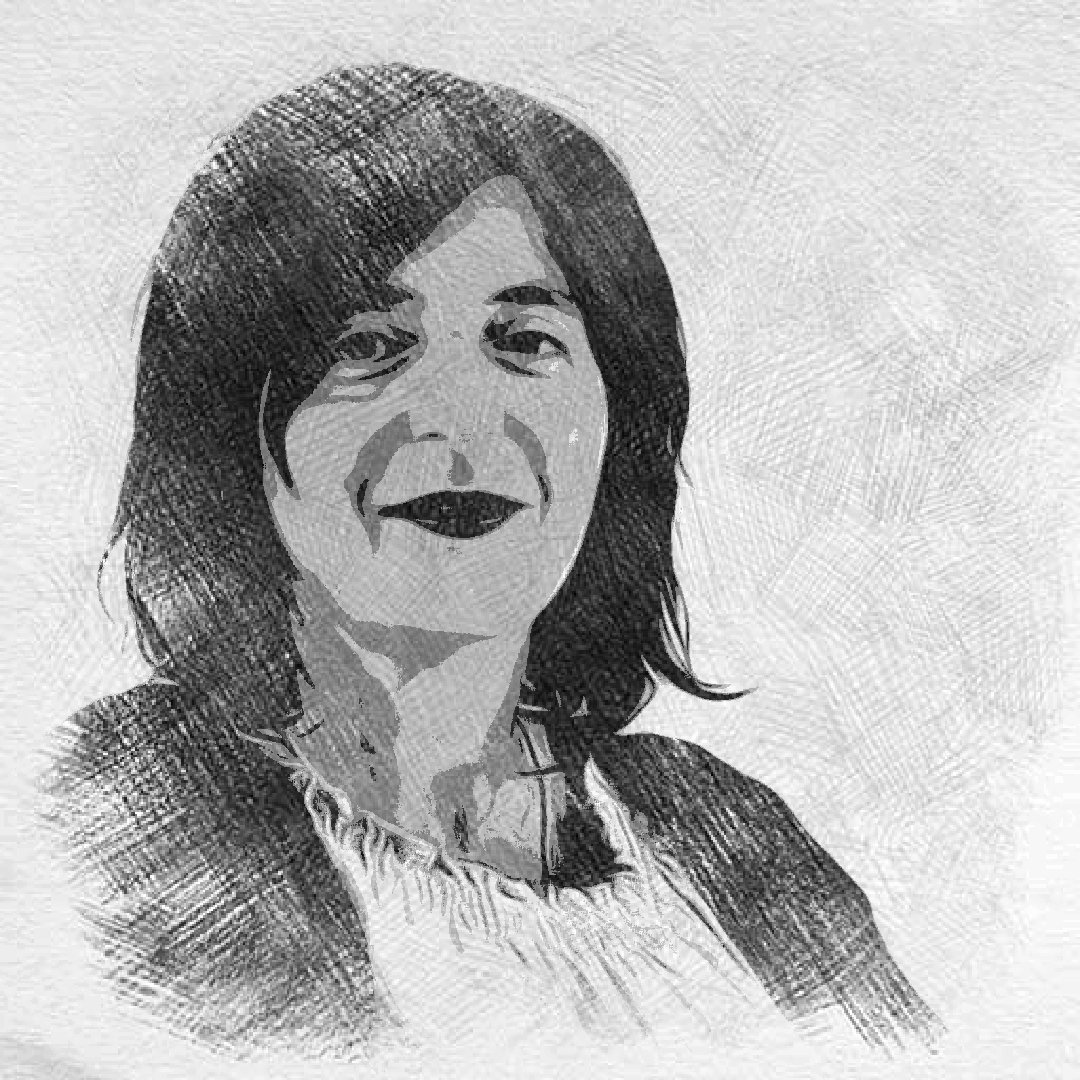
Although the goal of attracting more women to the highest academic positions is commendable, the TU/e women’s quota is in contravention of the Dutch Equal Opportunities Act. This conclusion was reached last week by the Netherlands Institute for Human Rights (CRM) in response to a complaint from the RADAR anti-discrimination agency. Incidentally, the Institute also made recommendations for improving matters at the University. Meanwhile, the TU/e has promised to do better.
Serious backlog and ultimate remedy
The disadvantaged position of women in science has been a thorn in many people’s side for years, and with good reason. The three Technical Universities of Delft, Twente, and Eindhoven, as well as the Erasmus University, are doing particularly poorly in this area. The TU/e, for example, has long been dangling at the bottom of the list in the annual monitor of the Dutch Network of Women Professors (LNVH).
The percentage of women scientists at TU/e was low across all levels in 2018: 14 % of professors, 13 % of university senior lecturers (UHDs), and 24 % of university lecturers (UDs). Even within Europe, Eindhoven has the lowest number of women professors. Where, as the CRM also acknowledges, “there is a serious underrepresentation of women in scientific positions.”
The women’s quota set up in July last year as part of the Irène Curie Fellowship program has been used by the university as a last resort to bring about the much-needed change. For a period of five years, for the first 150 vacancies, female applicants must be given priority over male applicants. Only when six months of intensive recruitment have failed to produce a suitable female candidate can this be deviated from.
Controversy
Does the end now justify the means? Well, no. At the time, the introduction of the Eindhoven women’s quota led to fierce discussions between supporters and opponents. There were even parliamentary questions and a procedure initiated by RADAR on the basis of more than 50 complaints and reports. However, opinions about the necessity of such a solution remain divided.
For example, Janneke Plantenga, professor of economics, dean, and chairman of the Task Force on Discrimination and Inclusion at Utrecht University, recently stated that she herself was not in favor of quotas. “In some departments of the university, 70 percent of the staff are women. Should we set a male quota then?” She, therefore, preferred awareness and charisma.
Criticism
That’s exactly one of the points where criticism has been leveled. In the opinion of the CRM, the proportion of women at the TU/e is not equally low in all faculties. For that reason, such a drastic solution is not considered necessary across the board. Also, according to the Board, the TU/e has not sufficiently demonstrated that other solutions were tried first, such as linking the allocation of financial resources to achieving the goal of attracting more women. Finally, the assessment of candidates did not take sufficient account of their qualifications rather than just their gender. This puts male applicants at a disadvantage compared to female applicants. According to the CRM, the way in which the Eindhoven University of Technology formulates its preferred policy goes “too far” in this sense, and is contrary to the Dutch Equal Treatment Act.
By way of comparison: In 2012 the CRM confirmed the policy of TU Delft in a similar case, after it had opened ten positions only for women. However, the need for those ten additional vacancies was considered sufficiently substantiated, all the more so because all other vacancies in Delft at the time were open to both men and women. The Board, therefore, considered TU Delft’s preferential policy to be “less broad and extensive” than the quota applied by TU/e. Things are now going much better in Delft. The proportion of women has increased in almost all faculties, in Architecture even to as much as 34 percent.
At TU Twente, too, the proportion of female professors rose by 1% in the past year as a result of a similar preferential measure, whereby ten new professorships were opened exclusively to female candidates.
Recommendations for improvement
Fortunately for the TU/e, the College’s report not only contains bad news but also suggestions for improvements. The Board proposes a number of measures, from which not only Eindhoven but also other universities can benefit:
– Training selection committees to become aware of their own, often unconscious, prejudices, and their effects on the way they judge people.
– Setting up the recruitment and selection procedures in such a way that gender stereotypes have less impact on the selection of candidates.
– Set up internal career development and coaching programs for women by senior colleagues.
– The strict requirements for preference policies mean that men are not excluded. However, working conditions that “bias” women are legally allowed under certain conditions.
Nevertheless, the judgment of the CRM does not have a binding legal character but is only a recommendation. In practice, however, such advice is followed more often than not. For example, the TU/e now promises to improve and indicates that it will “carefully study the recommendations of the College.” At the same time, the university states that it “will continue to do its best to work on gender equality.”







